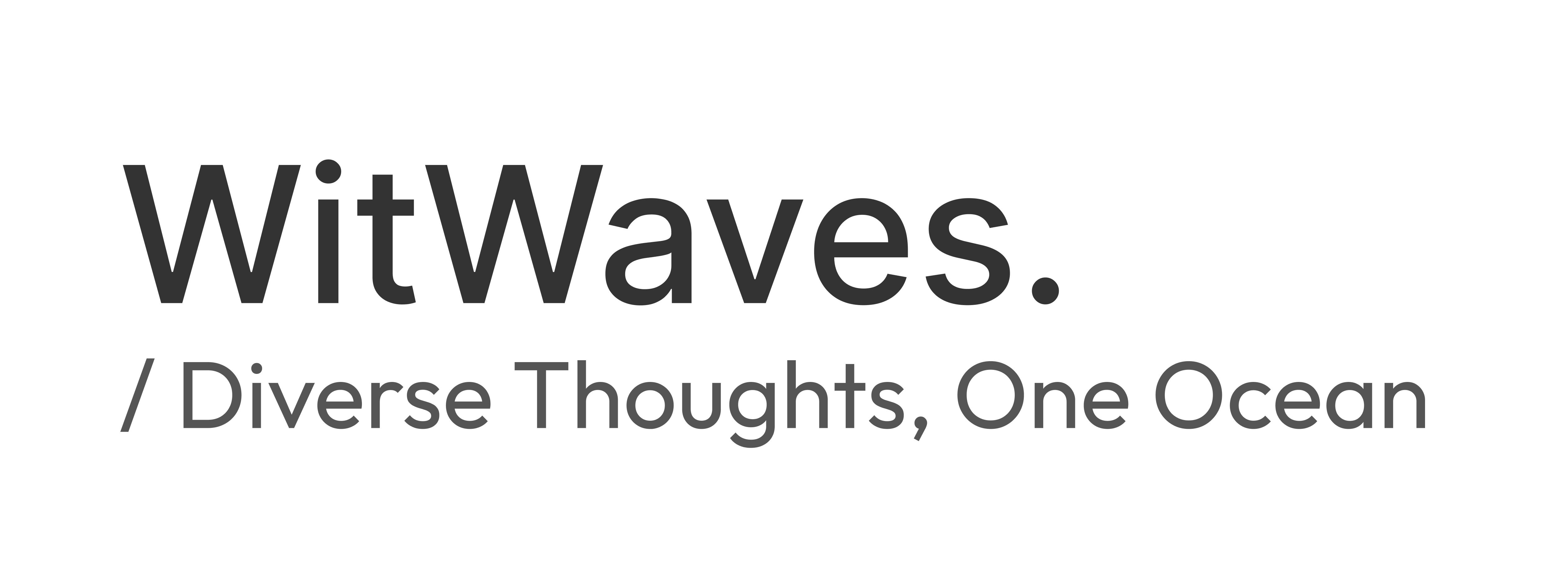Welcome to our professional discourse on the Certified Information Systems Security Professional (CISSP) certification, esteemed readers! Those familiar with the realm of cybersecurity are well aware that possessing a CISSP certification is a significant milestone in one's career. Today, we embark on a journey through the CISSP's 8 domains, shedding light on what makes this certification a coveted asset in the cybersecurity world.
CISSP Domains
1. Security and Risk Management
- Defines security goals and objectives
- Mitigates risks
- Ensures compliance
- Establishes business continuity
- Adheres to legal regulations
Information security, or InfoSec, is also related to this domain and refers to a set of processes established to secure information.
2. Asset Security
- Secures digital and physical assets
- Stores, maintains, retains, and destroys data securely
- Protects PII and SPII
- Ensures proper data handling and protection
3. Security Architecture and Engineering
- Optimizes data security
- Implements effective tools, systems, and processes
- Promotes shared responsibility
- Encourages user involvement in security
One important aspect of this domain is the concept of shared responsibility. Shared responsibility means all individuals involved take an active role in lowering risk during the design of a security system.
Additional design principles related to this domain, which are discussed later in the program, include:
- Threat modeling
- Least privilege
- Defense in depth
- Fail securely
- Separation of duties
- Keep it simple
- Zero trust
- Trust but verify
4. Communication and Network Security
- Manages and secures physical networks and wireless communications
- Protects data and communications on-site, in the cloud, and remotely
- Prevents vulnerabilities from insecure connections
- Discourages insecure behavior that could be exploited by threat actors
5. Identity and Access Management (IAM)
- Focuses on access and authorization to keep data secure.
- Ensures users follow established policies to control and manage assets.
- Reduces the overall risk to systems and data.
- Four main components:
- Identification
- Authentication
- Authorization
- Accountability
6. Security Assessment and Testing
- Focuses on conducting security control testing, collecting and analyzing data, and conducting security audits.
- Helps organizations identify new and better ways to mitigate threats, risks, and vulnerabilities.
- Involves examining organizational goals and objectives, and evaluating if the controls being used actually achieve those goals.
- Security control testing evaluations and security assessment reports can be used to improve existing controls or implement new controls.
7. Security Operations
- Focuses on conducting investigations and implementing preventative measures.
- Begins once a security incident has been identified.
- Requires a heightened sense of urgency in order to minimize potential risks to the organization.
- Involves:
- Mitigating attacks
- Preventing attacks from escalating further
- Collecting evidence to conduct a forensic investigation
8. Software Development Security
- Focuses on using secure coding practices to create secure applications and services.
- Integrates security into the software development lifecycle.
- Involves performing security reviews at each phase of the software development lifecycle.
- Ensures that software products are secure and sensitive data is protected.
Conclusion
Exploring the CISSP's 8 domains shows how this certification is more than just a badge – it reflects dedication to improving cybersecurity. Whether you're experienced or new, understanding these domains can help secure our digital future.
Discover the world of CISSP, where each domain reveals cybersecurity skills. Join us in pursuing cybersecurity excellence with CISSP certification as a symbol of expertise in protecting our digital world. Remember, in cybersecurity, knowledge is power, and CISSP's 8 domains are your key to that power!


Discussion
Start the conversation
No comments yet
Be the first to share your thoughts on this article. Your insights could spark an interesting discussion!